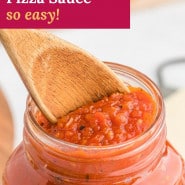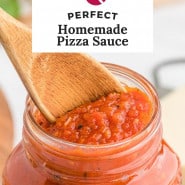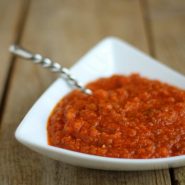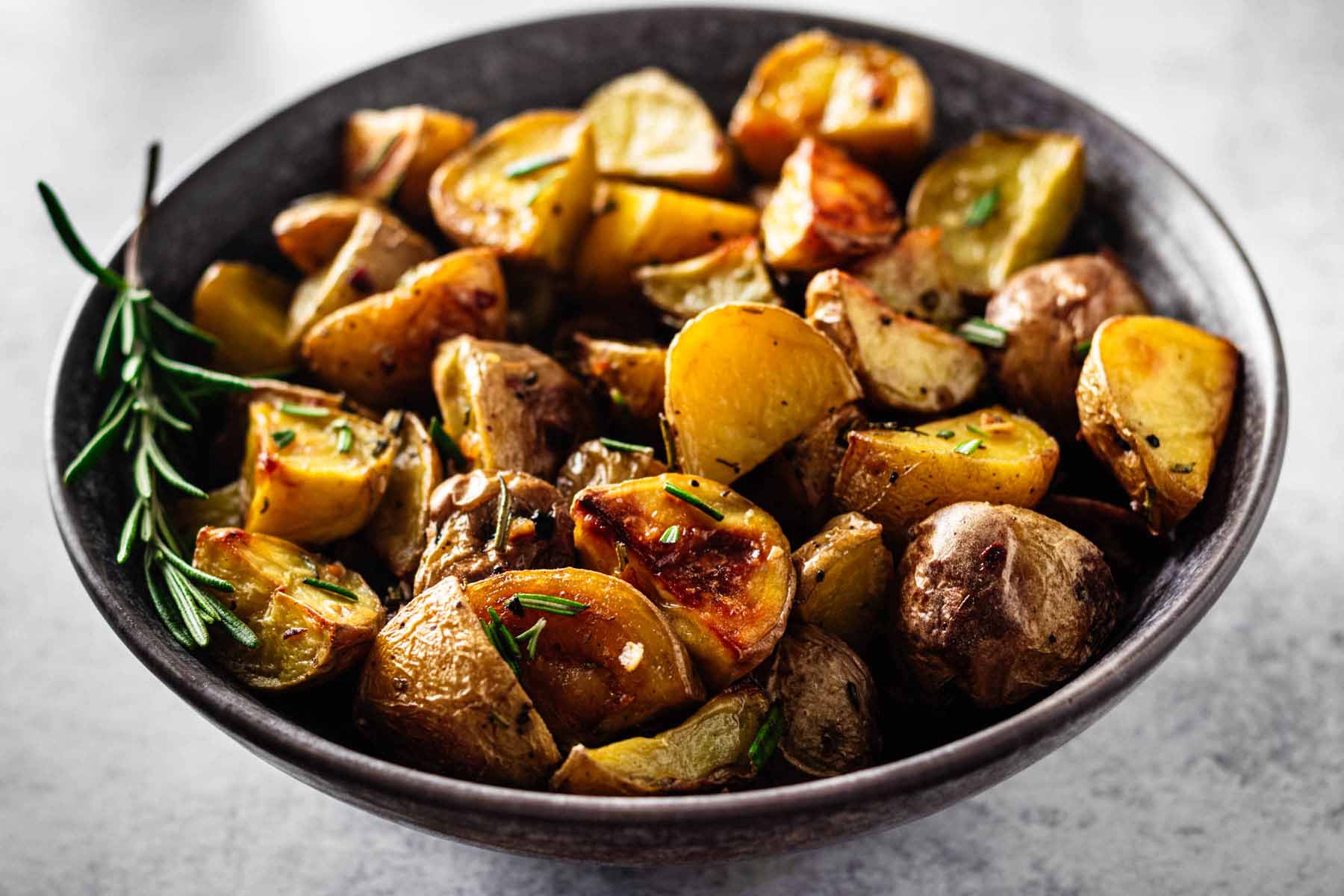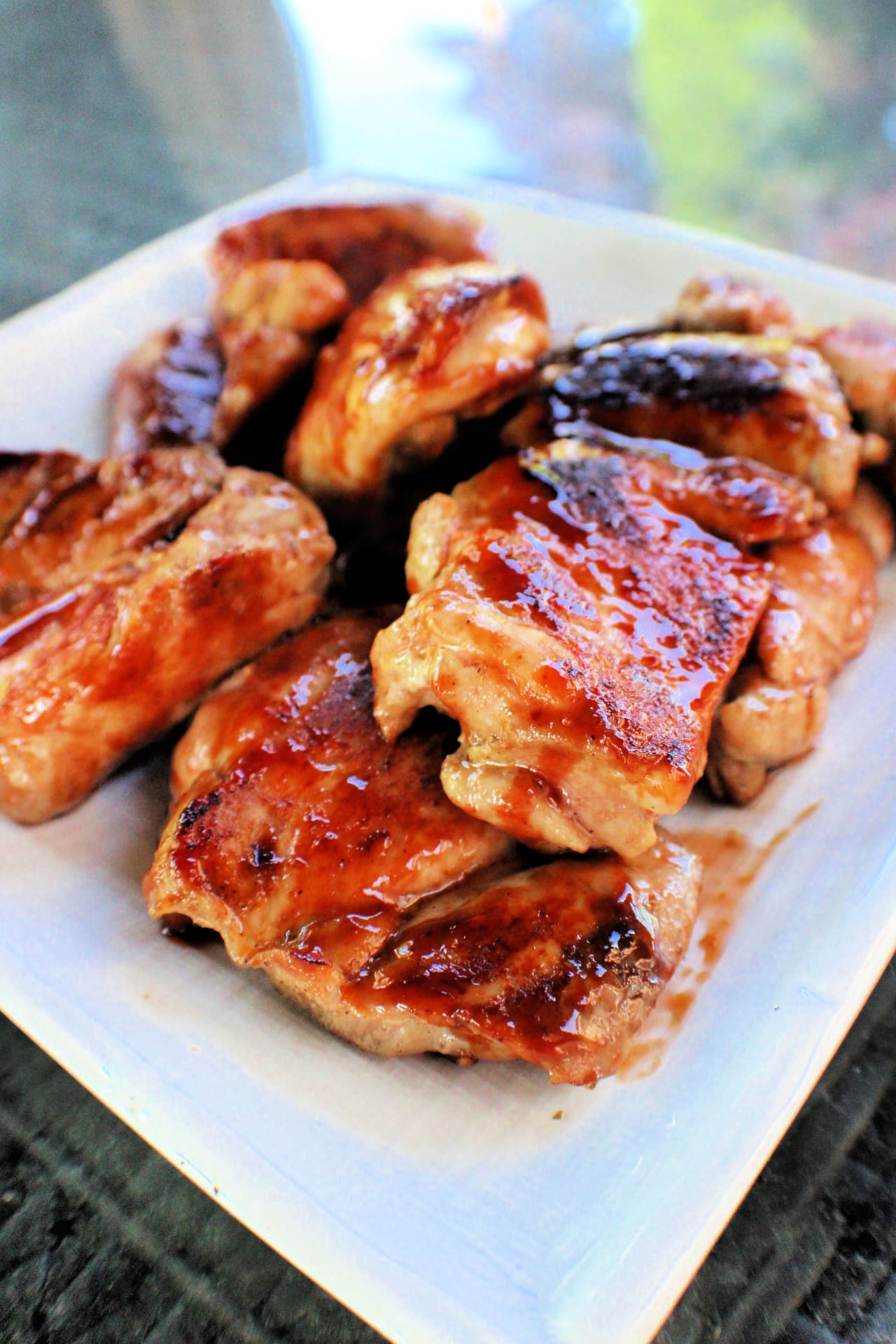This pizza sauce recipe is easy to make and tastes fresher than in the store. Homemade pizza sauce is much lower in sodium than most store brands.
Recipe review
Why you will love it: You probably have everything you need to make a homemade pizza sauce in your pantry.
How long will it take: 5 minutes to prepare, and 30 minutes to boil
Equipment you will need: Blender or immersion blender, pot
Dishes: Makes 2 cups
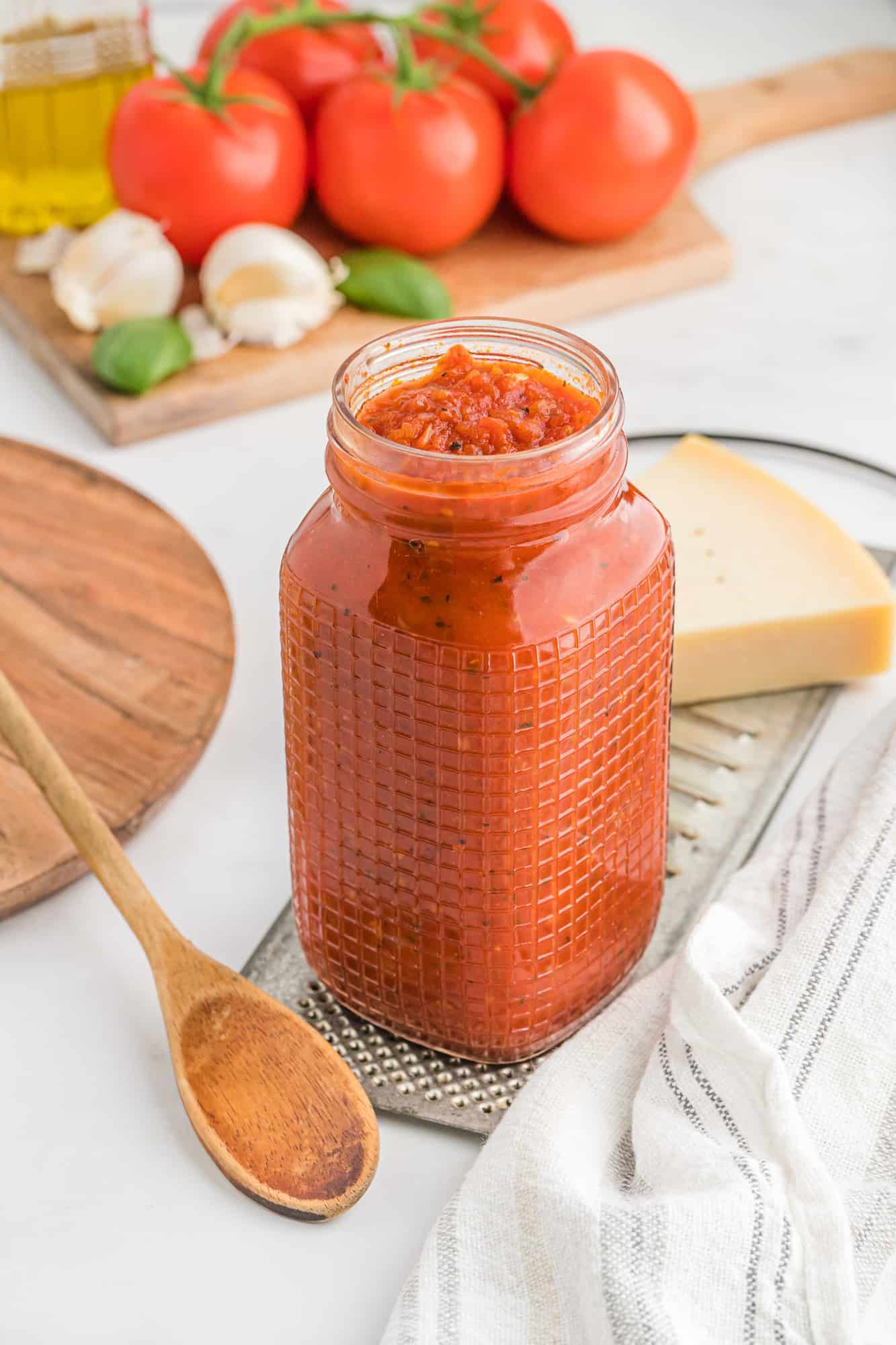
What would be a pizza without the sauce? A good Italian style pizza sauce can make or break a pizza. It’s so disappointing when your pizza tastes like it was made with a regular tomato sauce out of a can or worse. Some pizzas have such a sparse amount of sauce that you can’t even taste it.
When you make your own pizza, you want to be sure that your sauce is amazing. Why go through all the work differently? This is why you will love this recipe for homemade pizza sauce. It’s easy and turns out perfectly every time. I refurbished and tasted until it was just right.
Of course, the best part about making your own is that you can tweak and taste it until it is just right for you. That’s the beauty of cooking!
About this recipe
This sauce is really easy to make. I’m sure you have everything you need to make a homemade pizza sauce in your pantry right now: onions, garlic, canned tomatoes, dried basil, olive oil and spices. Toss all the ingredients in a blender, pour the sauce into the pan and cook for 30 minutes.
And do not wear white while mixing. And definitely do not cook in your birthday suit.
Ouch. (Not that I would do that or anything.) Partially cover the pan to hold the flakes (my mom talks). Or go to the dollar store and get one of these wire mesh covers.
This recipe makes 2 cups of sauce, easily enough for two pizzas, depending on the size of the pizzas and the amount of sauce you like. You can prepare it a day ahead for later use or freeze half for use another time. have a nice time!
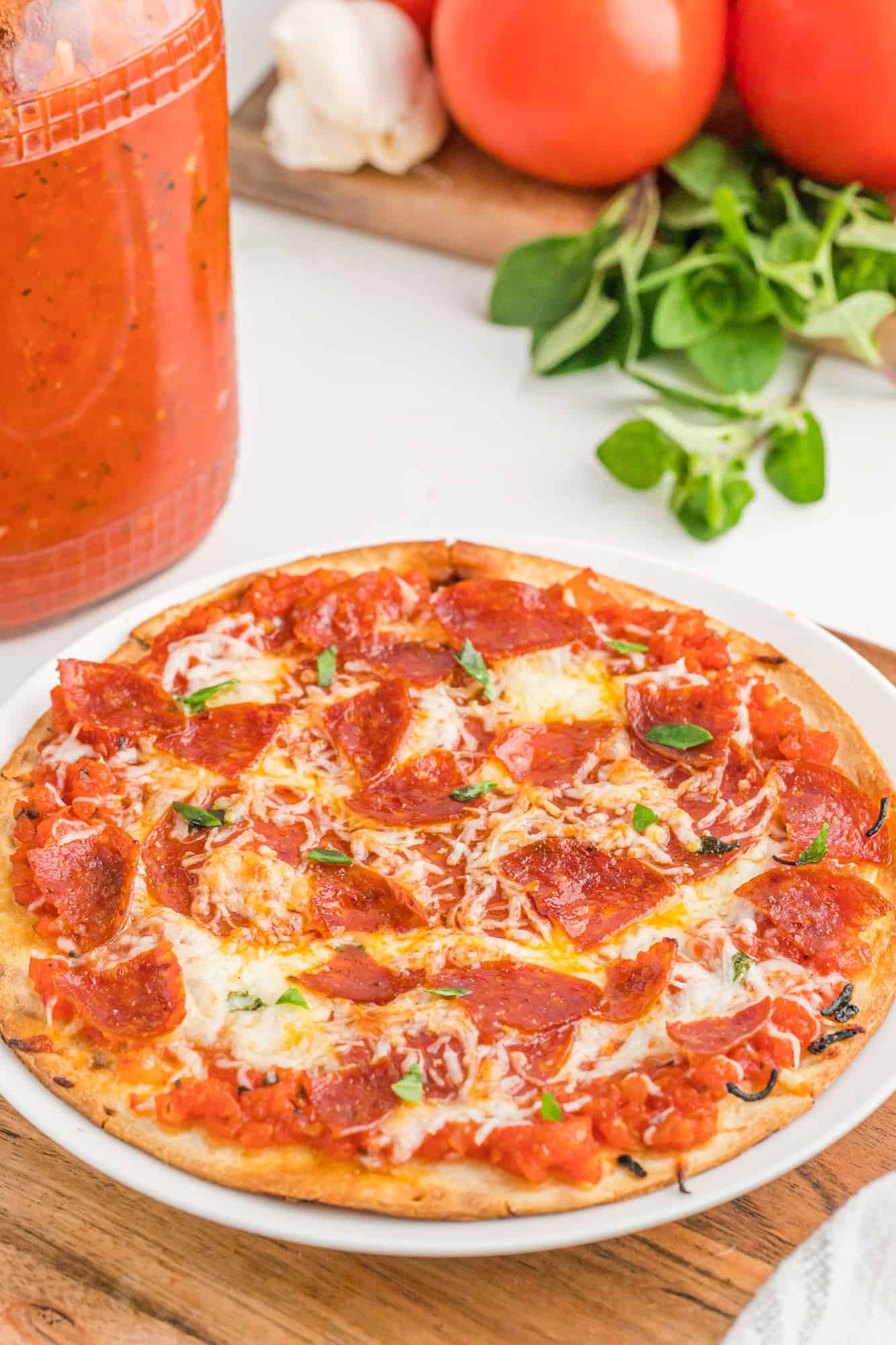
I’ll start here and give you a lot of helpful advice. Look for the printable recipe card towards the end of the post for complete instructions, dimensions and nutritional information.
what do you need
- Onion: You will need about half an onion. I usually use yellow onions for cooking but any type will suit.
- garlic: Use fresh garlic cloves for the best taste. I add one large clove but you can make it more (or less) garlic, however you like it.
- Canned tomatoes: Choose tomatoes without added salt so you can control the amount of sodium in your sauce. Everything goes into a blender so it does not really matter if the tomatoes are cut into cubes or whole. You will need a large can (28 ounces) or two small cans.
- Tomato paste: With all these tomatoes, you might think you can skip the tomato paste. Erroneous! Tomato puree has a concentrated flavor and it adds richness and umami to the sauce. Believe me, you need it. Do not use a whole can, just 2 tbsp.
- Red pepper flakes: Just add a pinch to a small tingle on your tongue. If you have really picky eaters in the family, you may want to give up the spice.
- Brown sugar: A little sweetness balances the spicy acidic tomatoes.
- Olive oil: A few tablespoons add flavor and richness to the sauce. You can substitute butter if you prefer.
- Dried oregano and Dried basil: Most people have these two herbs in the pantry and they are basic for Italian cooking. Italian seasoning is a good alternative. If you have fresh herbs in your garden, replace them anyway. You can triple the extra amount because fresh herbs are not as strong as dried ones.
- Kosher salt: Start with half a teaspoon but taste the sauce to determine if you need more.
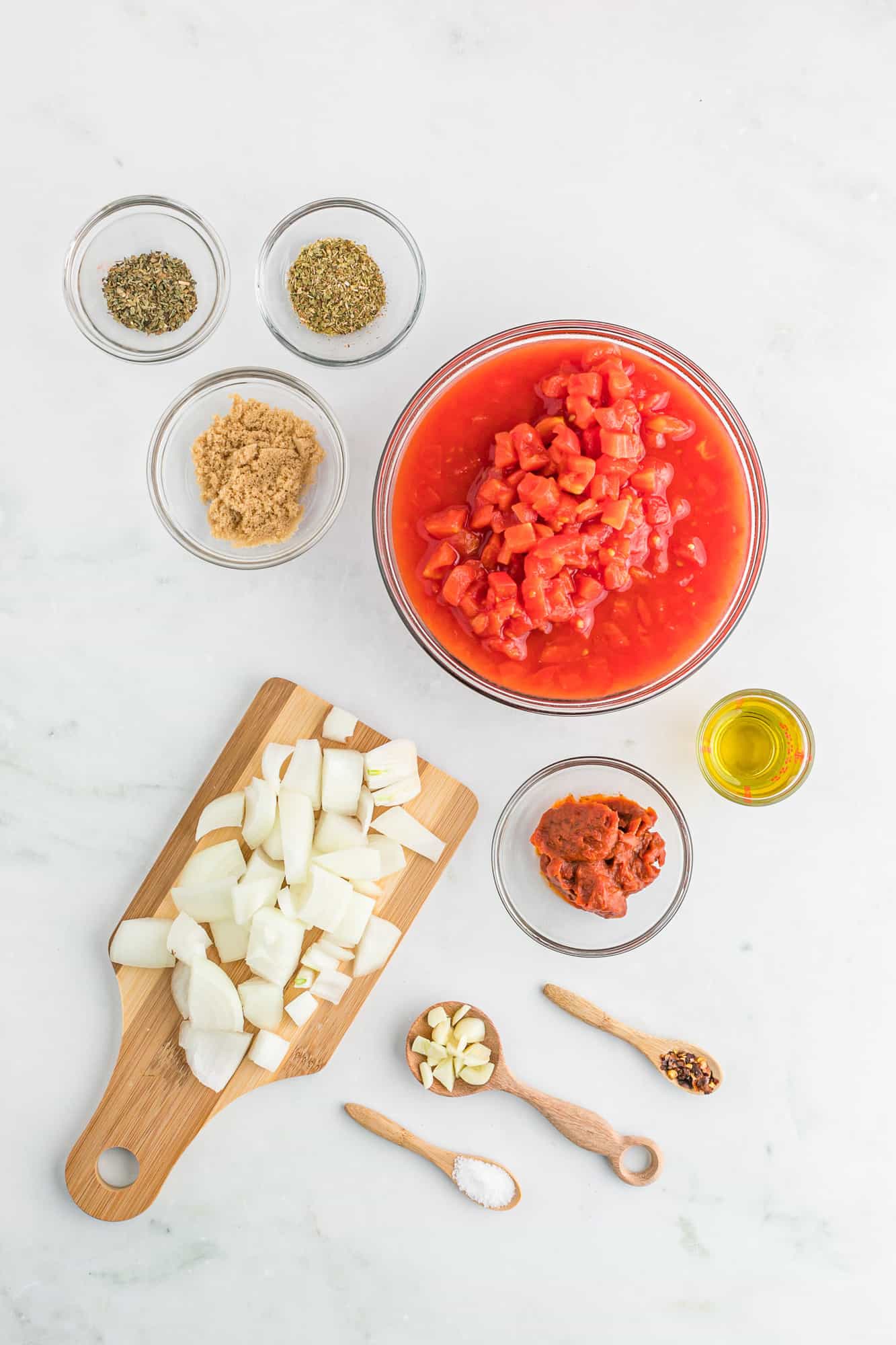
Freezing tomato paste residue
Just need 2 tablespoons of tomato paste for the sauce and you’re wondering what to do with the rest of the box. Do not throw it away! Divide the rest of the ointment into 2 tablespoons and place in snack-sized bags. Seal the bags, flatten each one and put in a freezer bag. They will be stored for several months in the freezer. Next time you need a few tablespoons of tomato paste, just open a package and drop the frozen puree inside.
How to make this recipe
Are you ready to cook some sauce? Take out your blender. If you do not have one, either a dipping blender or a food processor will do the job.
Coarsely chop the onion and garlic. There is no need to be precise because within a minute it will be cut completely more.
Open the box of tomatoes. Do not drain them, the juice is good too. Add all the ingredients to the blender. If you are using a dipping blender, purify the sauce directly in the pot.
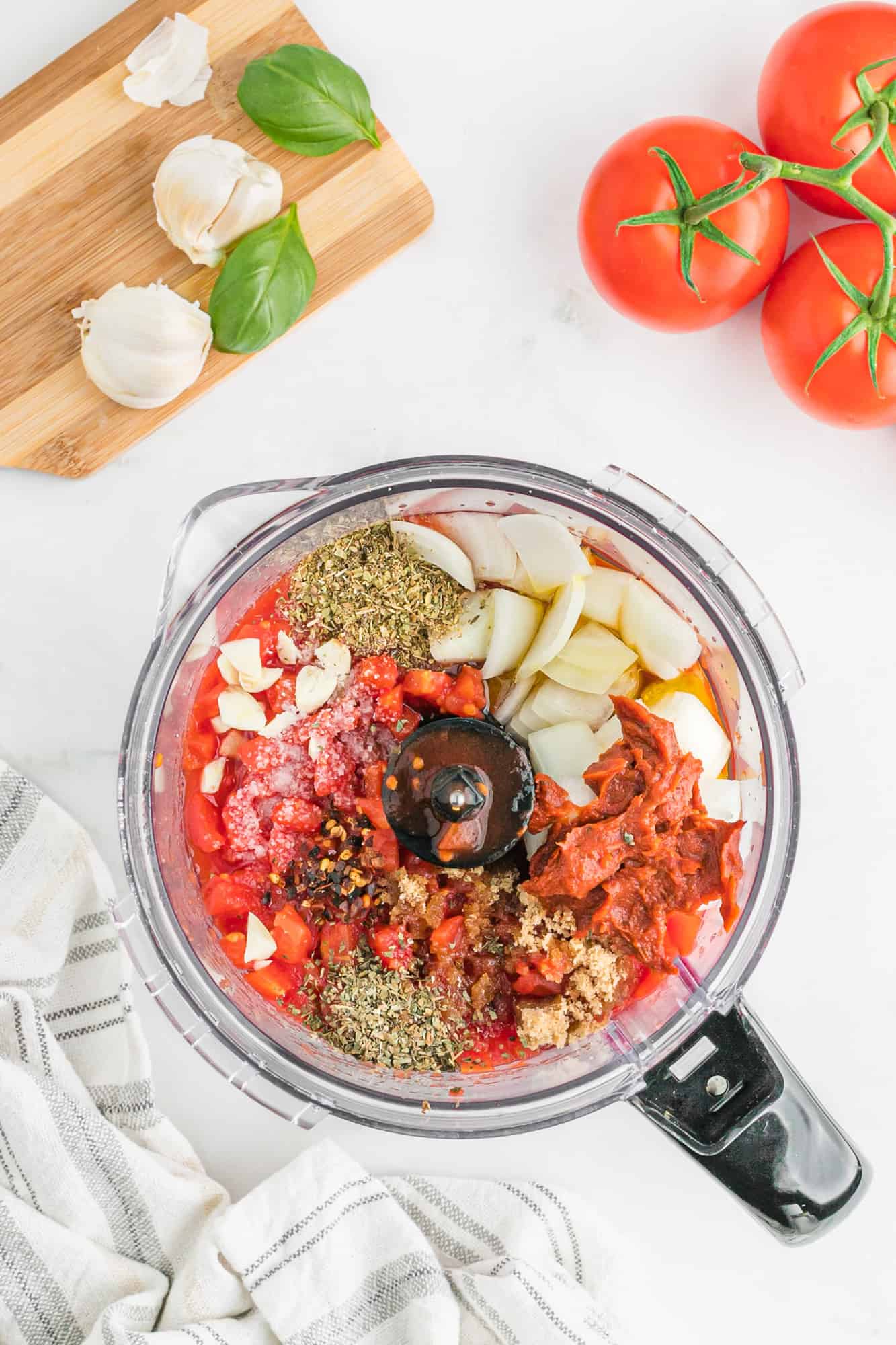
Process until the sauce is just the right texture for you. Certainly not supposed to be huge chunks of tomato or onion. I like that my sauce has a bit of texture but maybe you like your sauce completely smooth. It’s up to you.
Okay, now pour the sauce into a deep pot or pan. Whatever you choose, make sure it has a lid.
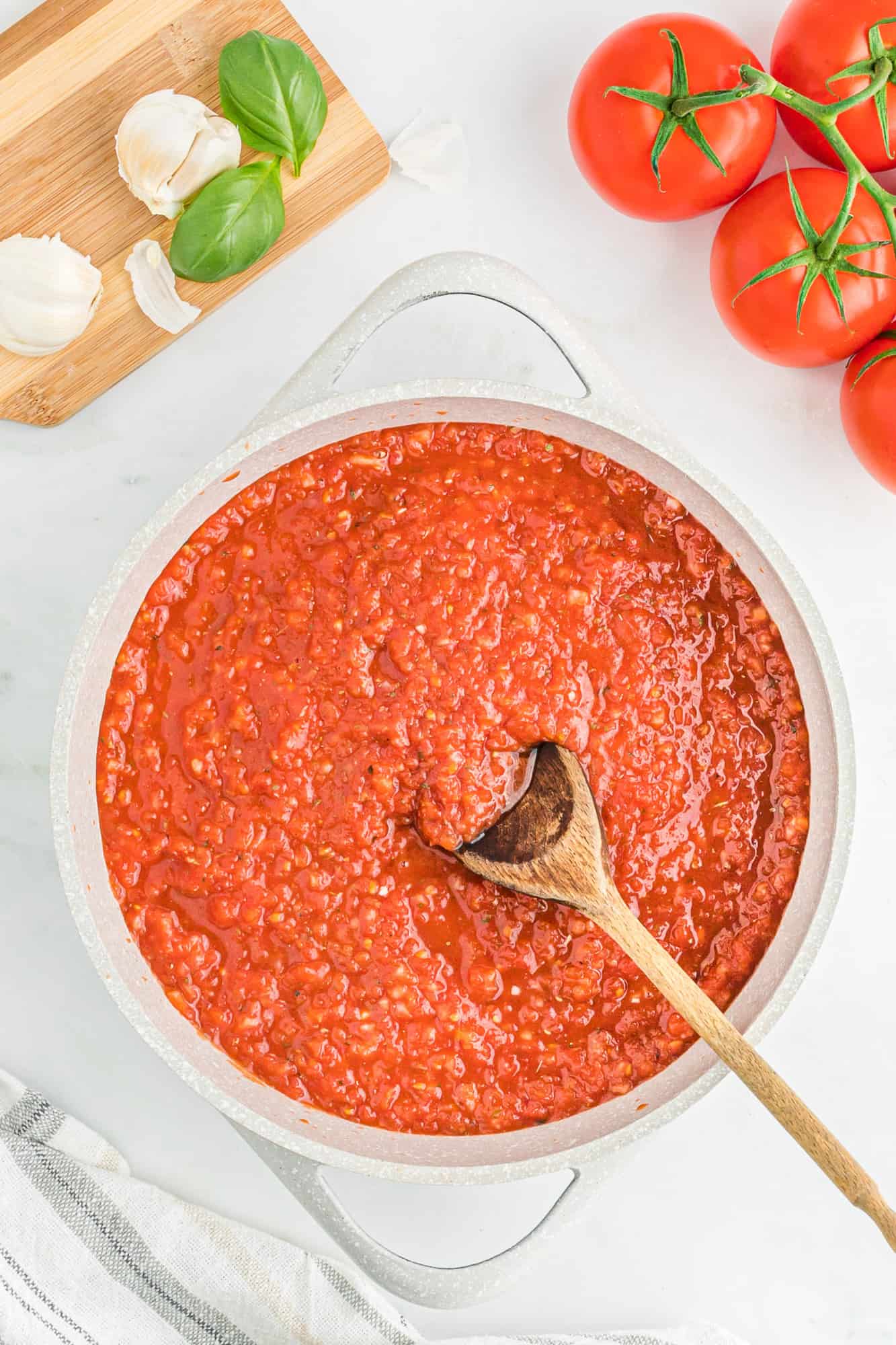
Cook the sauce for about half an hour, partially covered to reduce splashes. Cook until the sauce is reduced and slightly thickened. It should not look watery or juicy. If the sauce is too thin for your taste, cook it longer. You will notice that the color will darken a bit.
that’s it! Taste the sauce to make sure the seasoning is perfect and then your homemade pizza sauce is ready to use. Enjoy it on pizza or try one of the ideas listed below.
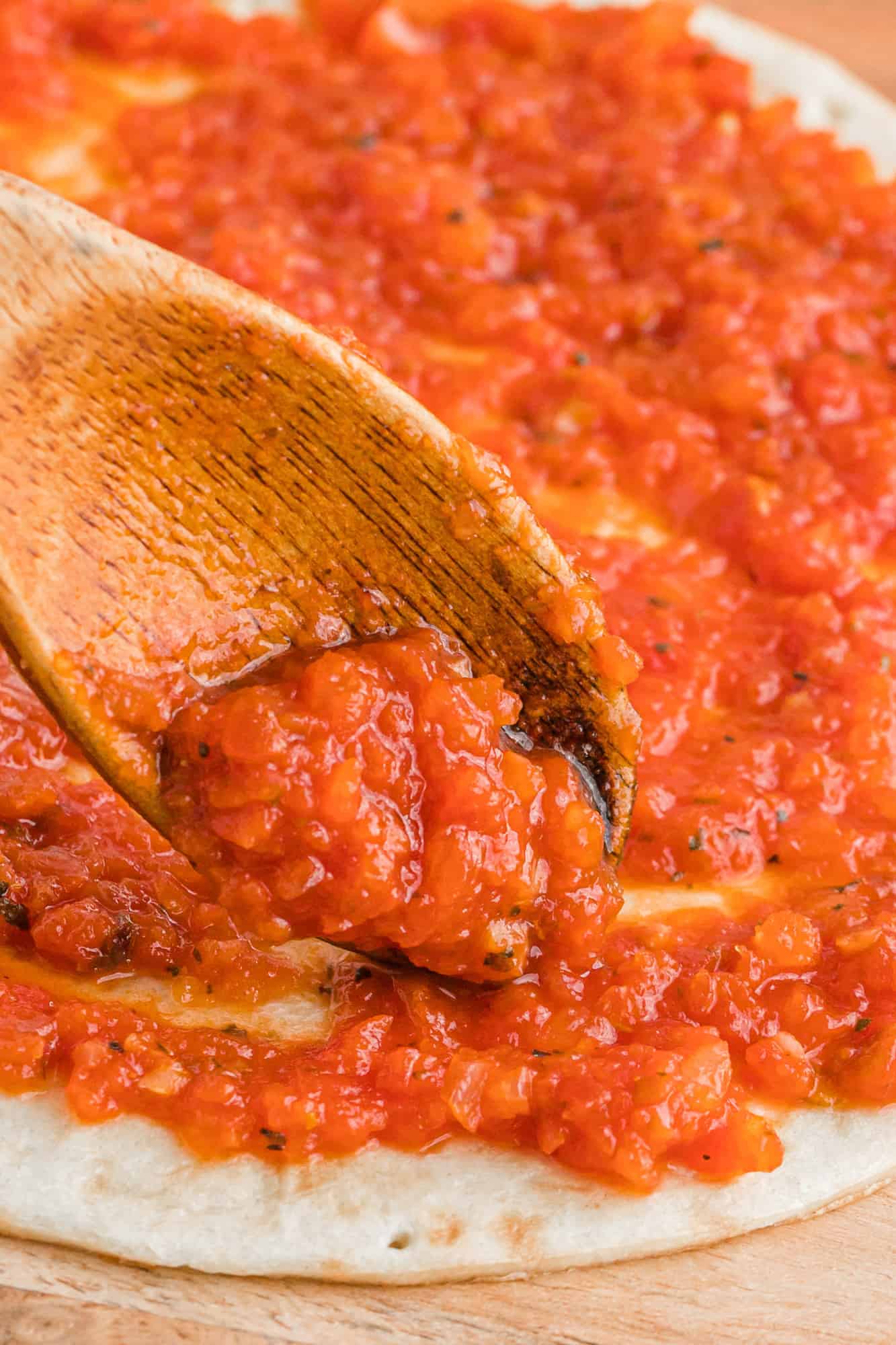
Looking for a recipe for a homemade pizza crust? Try this easy recipe for pizza dough. You can even prepare it in advance and put it in the fridge or freezer.
Common questions
Well, this homemade pizza sauce, naturally! The first time I made this sauce and added it to my homemade pizza, my husband called it my best pizza ever. No kidding, I do not invent it! Cooking from scratch pays off, don’t you think?
They contain similar ingredients: tomatoes, herbs and garlic. Usually pizza sauce includes tomato paste, and is more seasoned with salt and sugar. There seems to be a lot of opinions on what goes into pizza sauce and what goes into the marinara. I do not pretend to be an expert. I just know that the recipe for this homemade pizza sauce is delicious and you can use it on anything you like, including pasta.
Make it yours
- Prepare your sauce with Fresh tomatoes Instead of canned tomatoes. Many of you have gardens bursting with fresh tomatoes. Choose a more meaty tomato like rum or plum. Peel the tomatoes by scoring with a knife (form an “X” at the end) and roast them briefly in boiling water. The skins will crack and you will be able to smooth them out right away.
- If you prefer to make your own pizza sauce No tomato pasteReplace tomato sauce or tomato paste with canned tomatoes.
- The spices in this recipe can be adjusted in any way you want. If you like a sweeter sauce, add more brown sugar; If you do not mind a sweet sauce, omit the brown sugar. Use fresh herbs instead of dried ones (use three times as much fresh ones as dried ones). Add more salt or ground black pepper. Add more or less red pepper flakes.
- Add cheese! Stir in a quarter cup of grated Parmesan cheese after the sauce has boiled.
- Looking for something else? Add your pizza with homemade basil pesto or arugula pesto instead of pizza sauce. We love BBQ chicken chicken with homemade BBQ sauce.
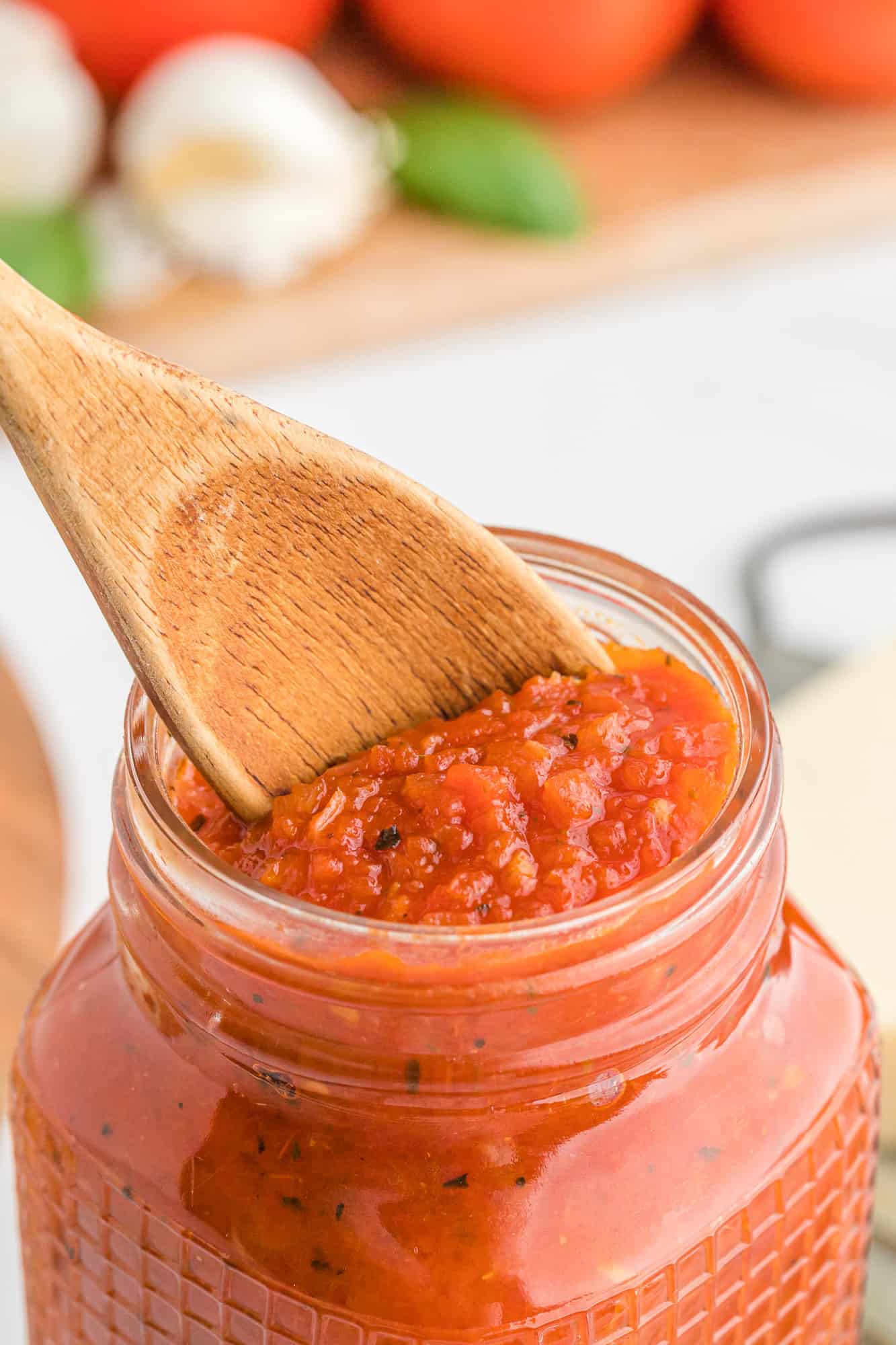
Ideas for forward preparation
You can prepare the pizza sauce in advance. It is stored in the refrigerator or freezer and will be ready to add to pizza or any other recipe you choose.
Storage tips
The sauce will keep in the fridge for a while Up to five days In a covered container. Can be frozen for Up to three months. Thaw overnight in the refrigerator before use.
How to use pizza sauce
You can use this homemade pizza sauce in so many ways besides pizza. Here are (quite) a few ideas for you:
did you do that? Be sure to leave a review below and tag me on @ rachelcooksblog Facebook, Instagramor Pinterest!
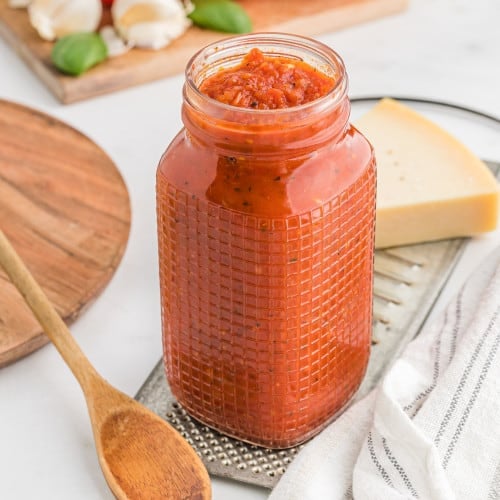
Dishes
Prevent your screen from darkening
This pizza sauce recipe is easy to make and tastes fresher than in the store. Homemade pizza sauce is much lower in sodium than most store brands.
Instructions
-
Mix all the ingredients in a blender until a fairly smooth and uniform mixture is obtained. The sauce should not be completely smooth but without leaving large chunks.
-
Pour sauce into a large, heavy saucepan or deep pan. On medium-low heat, cook sauce, partially covered and stir occasionally, for about 30 minutes, or until reduced and thickened.
Remarks
- Makes about 2 cups, enough for two large pizzas.
- The sauce can be prepared in advance and stored in the refrigerator for up to 5 days or frozen for up to 3 months. Thaw overnight in the refrigerator.
- If you want, replace Fresh tomatoes. Choose a more meaty tomato like rum or plum. Peel the tomatoes by briefly dipping in boiling water. The skins will crack and you will be able to smooth them out right away. Continue with the recipe according to the instructions.
- The spices in this recipe can be adjusted in any way you want. If you like a sweeter sauce, add more brown sugar; If you do not mind a sweet sauce, omit the brown sugar. Use fresh herbs instead of dried ones (use three times as much fresh ones as dried ones). Add more salt or ground black pepper. Add more or less red pepper flakes.
Nutritional information
dose: 0.25Goblet, Calories: 52JNF, Carbohydrates: 5P, protein: 1P, Fat: 4P, Saturated fat: 1P, Polyunsaturated fat: 1P, Unsaturated fat: 3P, sodium: 184Mg, potassium: 161Mg, fiber: 1P, Sugar: 3P, vitamin: 149IU, Vitamin C: 6Mg, calcium: 32Mg, iron: 1Mg
This site provides approximate nutritional information for convenience and courtesy only. Nutrition data is collected primarily from the USDA Food Composition Database, whenever available, or from other online calculators.

